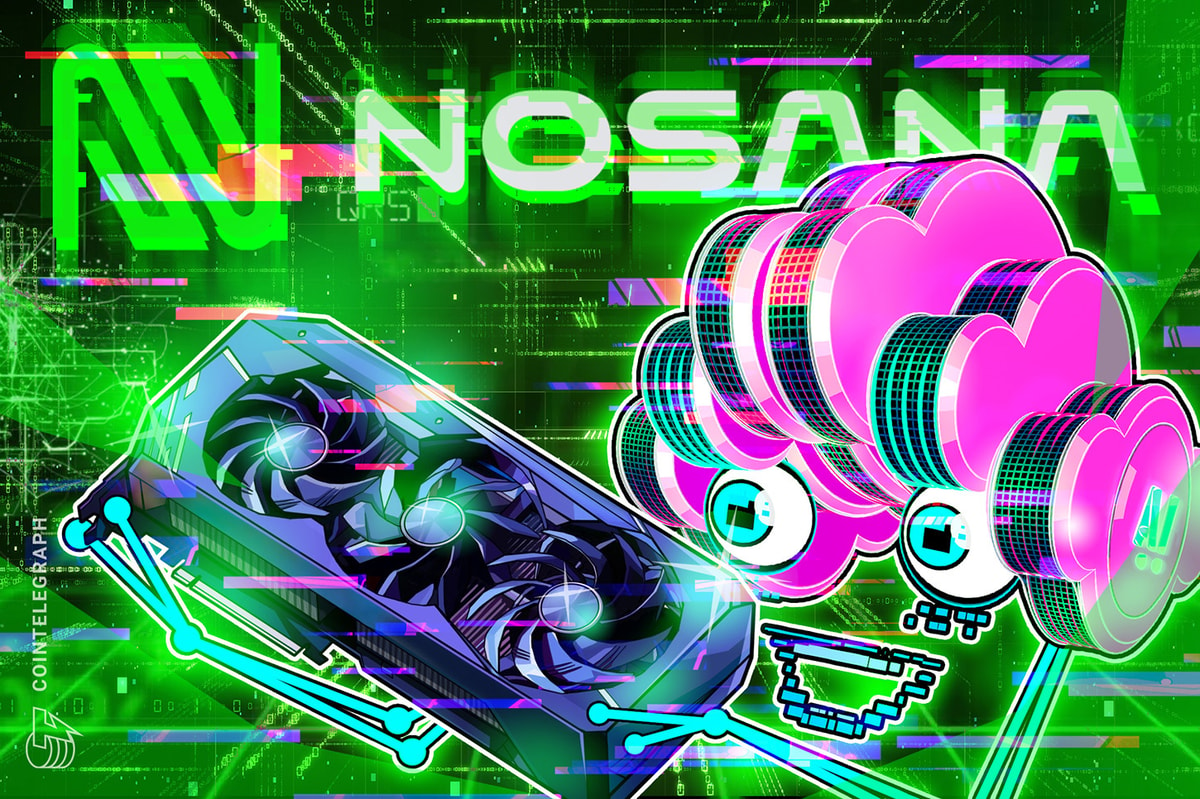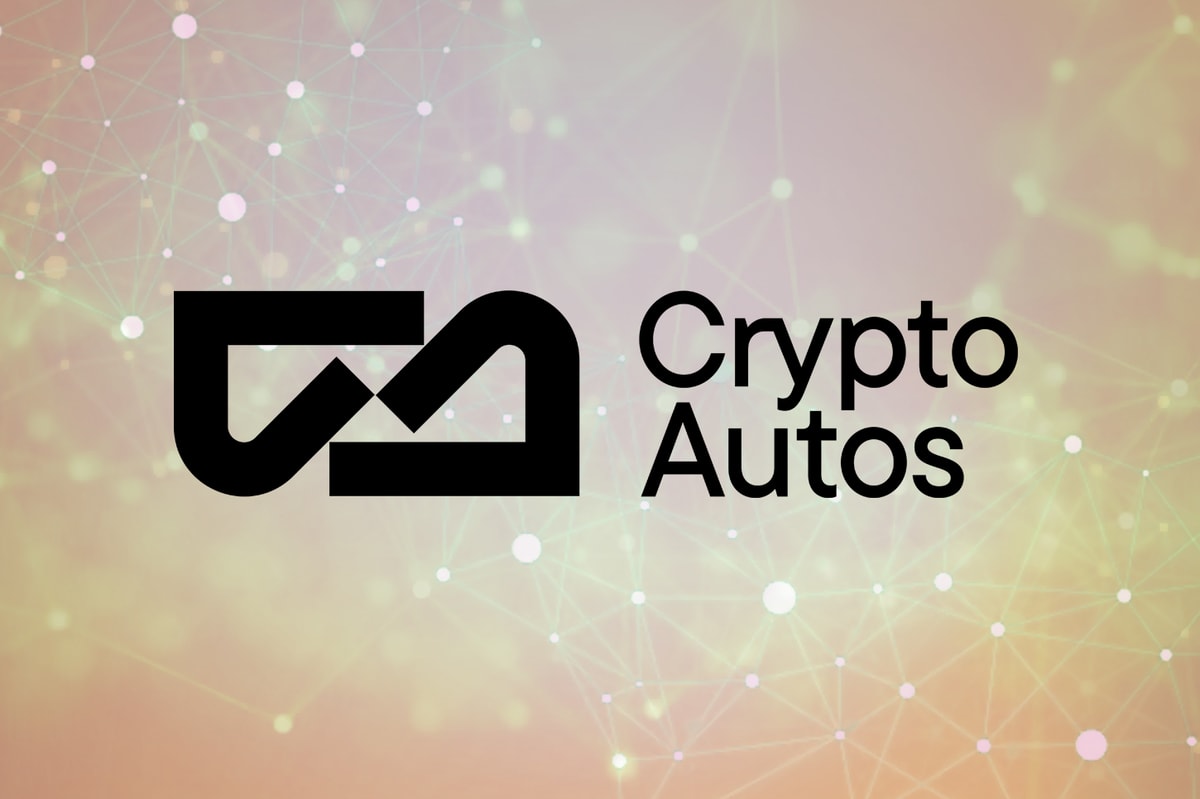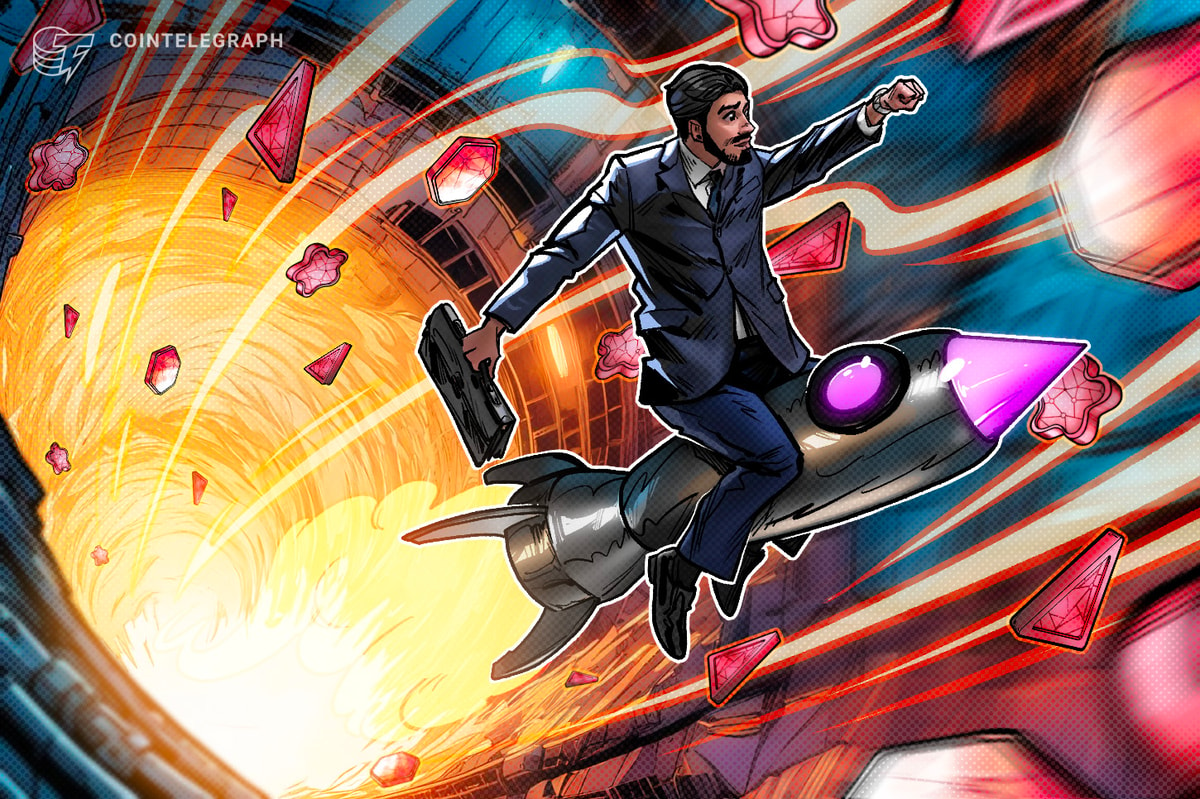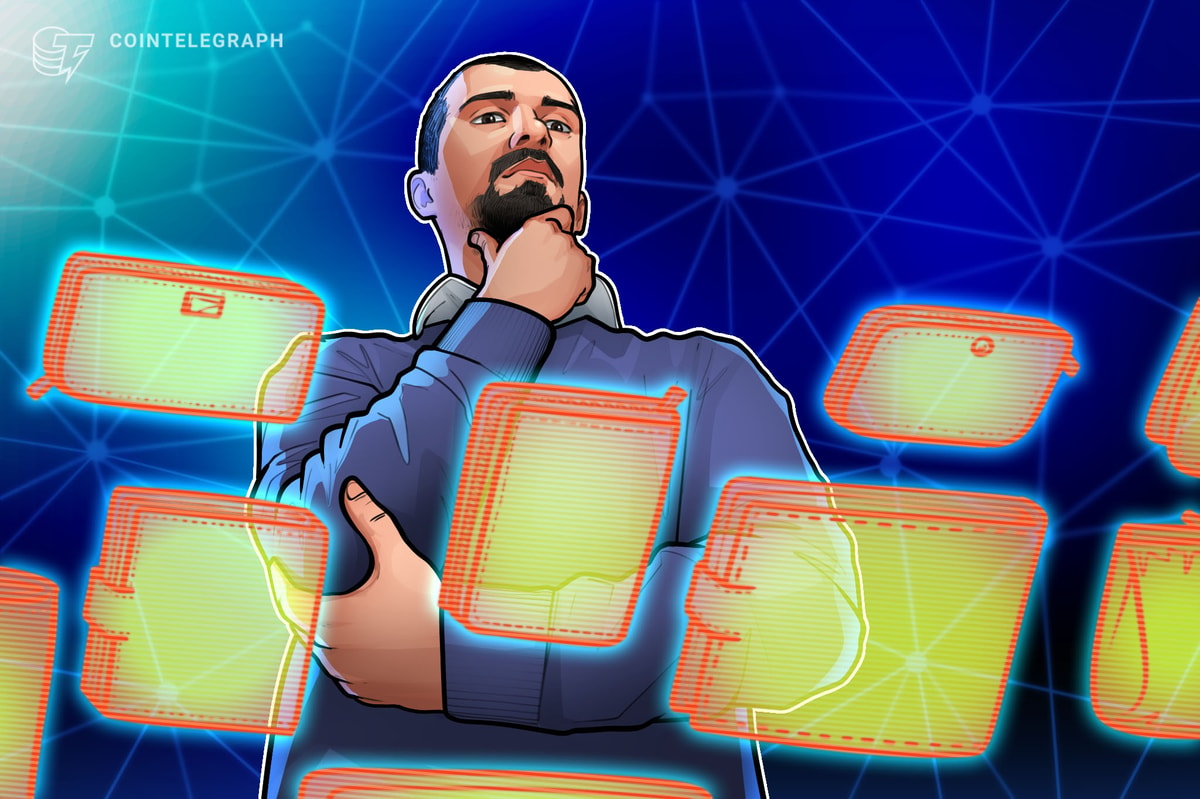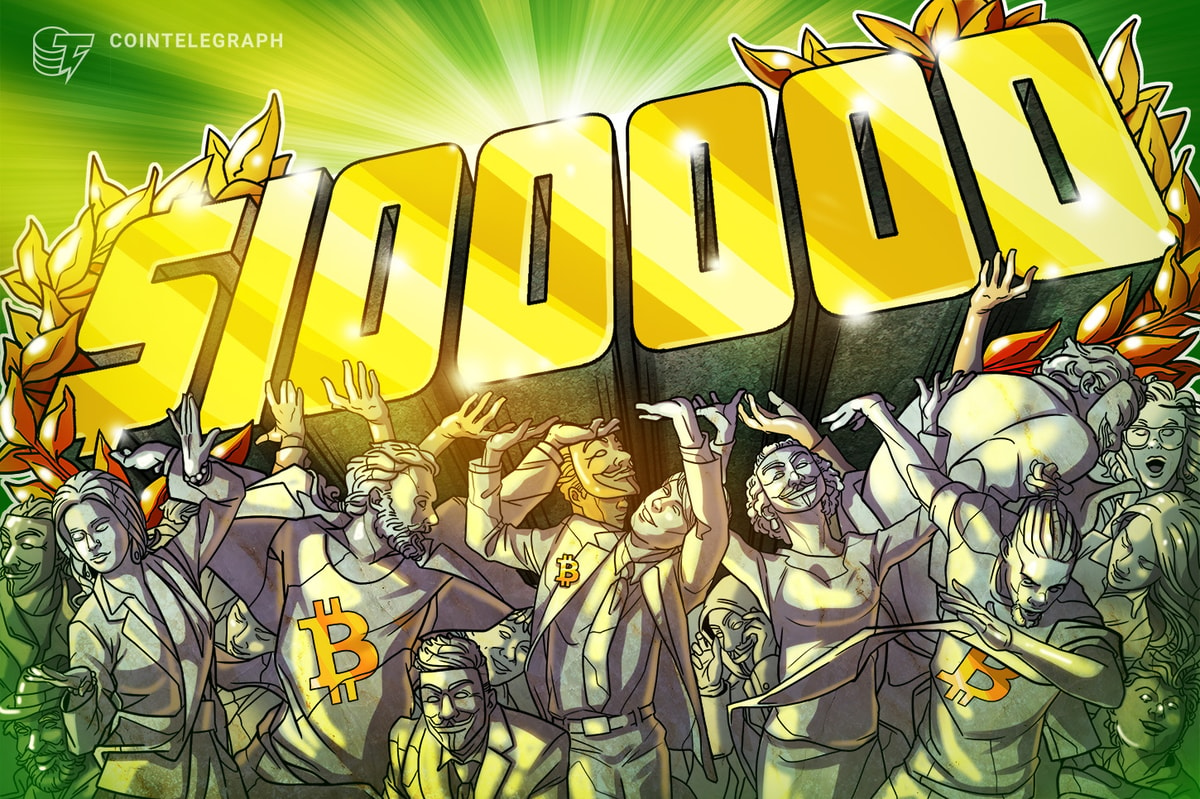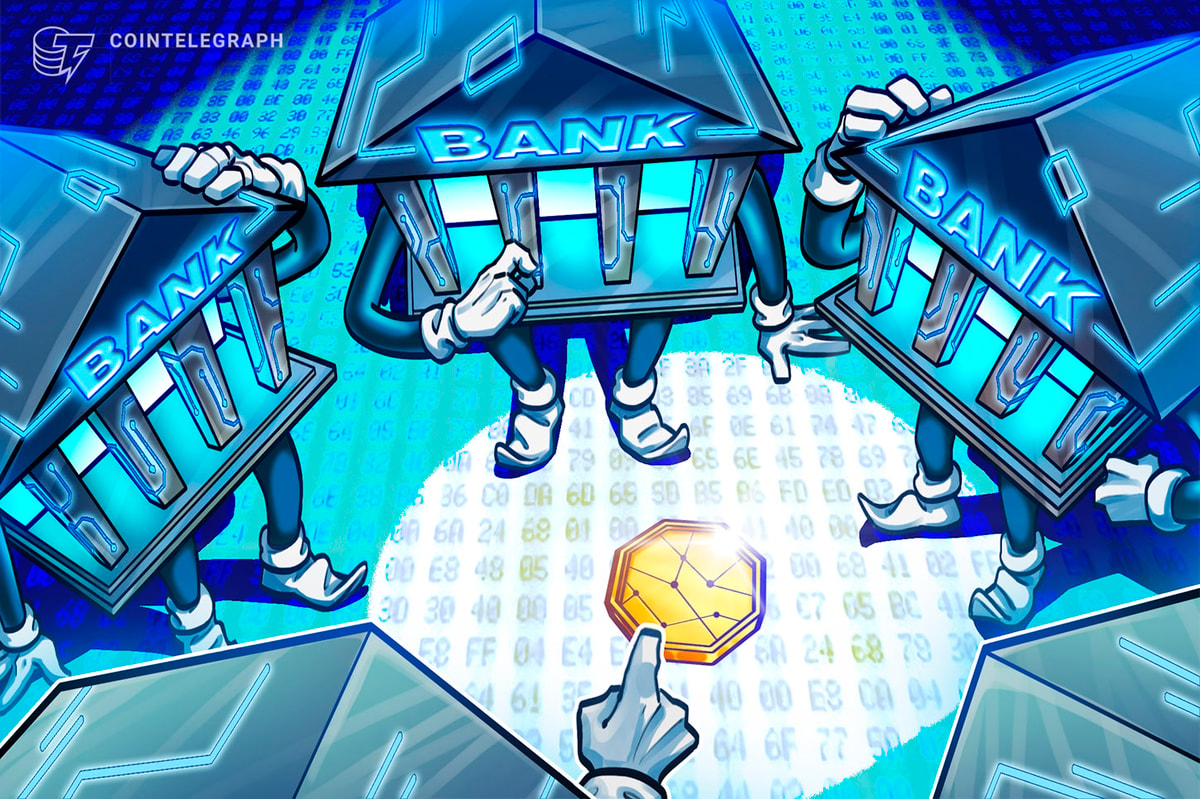Merging cutting-edge technology with eye-popping art, the artificial intelligence-powered art landscape is growing fast while stirring heated discussions. The global generative AI art market is projected to become a $8.2 billion industry by 2033, driven by increased adoption of AI tools, rising R&D investments and mounting demand for digital art in forms like non-fungible tokens.
AI requires top infrastructure
On the backside of an AI-generated canvas, though, lies a mountain of technological necessities to deliver an uninterrupted experience and capture the interest of audiences. The increasing sophistication of AI models capable of generating hyper-realistic images demands a more robust and scalable back-end. Artists and users expect near-instant rendering of intricate designs, which requires massive parallel computing capacity.
Balancing these performance demands on top of the growing emphasis on data privacy and security has become a core challenge for emerging AI platforms. The issue only deepens with AI-driven platforms’ dependency on user-uploaded content or proprietary data sets. The need to protect sensitive information, ensure low-latency performance and manage costs effectively all converge into a tough logistical hurdle.
Computing power decentralized
This is where Nosana, a decentralized GPU marketplace designed for AI inference, comes in. By connecting compute-hungry organizations with a distributed network of GPU providers, Nosana introduces significant cost efficiency to any AI-powered operation. It removes reliance on a single hardware provider by establishing a decentralized market for computing power.

January 2025 marked the official opening of Nosana’s decentralized GPU marketplace. Source: Nosana
Beyond the cost advantages, Nosana works to offer better scalability and security. When handling AI workloads, especially those that rely on vast models, being able to expand or contract GPU usage near real time is a significant advantage. Security protocols, including strong encryption and robust user verification mechanisms, address the rising data privacy concerns in the AI marketplace, resulting in an ecosystem that promises lower costs, improved performance and enhanced trustworthiness.
Decentralization fuels breakthrough in AI art
The benefits of decentralization came into focus when Sogni, an AI-powered art generation platform, sought an infrastructure to create a state-of-the-art AI product while keeping costs under control.
Initially, Sogni relied on local devices, including Apple’s M1, M2 and M3 chips, to power Stable Diffusion models. While these devices showed promise, they struggled under the computational demands required for high-quality, real-time art generation, leading to delays that disrupted the creative flow.
As thousands of participants generated custom AI-driven artworks simultaneously, it became clear that the platform would require a more elastic GPU infrastructure. Recognizing the need for a scalable, cost-effective and reliable solution, Sogni turned to Nosana.
Balancing cost and performance for high-demand AI apps
Nosana’s decentralized GPU network taps into global consumer hardware, enabling flexible and affordable GPU sourcing. By integrating Nosana, Sogni offloaded intensive computational tasks to remote GPUs, delivering faster, smoother art generation without sacrificing quality or affordability. To ensure low inference times and a seamless user experience, Nosana recommended Nvidia’s RTX 4090, a GPU that strikes the perfect balance between cost and performance.
By leveraging Nosana, Sogni sidestepped these challenges. The decentralized model enabled rapid scaling of GPU resources to accommodate real-time art generation for a global audience. Through the marketplace, Sogni accessed a broader network of GPUs, bypassing supply constraints and cutting down costs.

The AI-powered art platform relies on Nosana’s decentralized infrastructure to offer top performance. Source: Sogni
Beyond the technical and cost benefits, Sogni has rapidly emerged as a leading AI art tool. Founded by former CoinMarketCap executives Mauvis and Mark Ledford, along with Alejandro Ramos, the platform amassed over 50,000 app downloads and surpassed 2,500 testnet users within a year. Nosana’s infrastructure has been instrumental in this growth, powering over half a million art renders and providing 308+ days of GPU compute time — showcasing how decentralized resources can meet the needs of a fast-growing AI platform.
Here are the four key benefits Sogni obtained through Nosana:
- Dynamic GPU allocation: Sogni was able to dynamically adjust GPU resources in real time through Nosana, minimizing waste and ensuring seamless scaling even under high user demand.
- Optimized art generation pipelines: The AI platform was able to streamline processing to boost performance, making its AI-driven art creation up to 176 times faster.
- Cost-effective infrastructure: Nosana helped Sogni to lower compute costs by up to 70%, providing a more budget-friendly alternative to traditional providers.
- Enhanced user engagement: Sogni was able to offload intensive computations, ensuring a smoother user experience that led to higher user engagement and retention.
The future of AI-powered creation
Nosana envisions a future in which AI innovation thrives on decentralized computing power and AI platforms tap into decentralized GPU networks as a default strategy. The platform aims to lead this evolution by making computing power accessible to all, empowering smaller developers and startups to compete on a level playing field. By prioritizing decentralization, scalability and cost efficiency, Nosana contributes to a more equitable Web3 ecosystem, where innovation thrives without centralization barriers.
The potential implications for the broader industry are vast. By reducing infrastructure costs, improving performance and ensuring data security, the partnership has paved the way for a bolder, more interactive era of AI art creation. If Sogni’s experience is any indication, a new wave of AI-driven art platforms could arise, all powered by decentralized marketplaces like Nosana.
This evolution would place scalability, security and cost efficiency at the forefront of artistic innovation. Whether exploring experimental image generation or scaling to millions of users, platforms now have a template for effectively handling resource-intensive AI workloads.
Disclaimer. Cointelegraph does not endorse any content or product on this page. While we aim at providing you with all important information that we could obtain in this sponsored article, readers should do their own research before taking any actions related to the company and carry full responsibility for their decisions, nor can this article be considered as investment advice.


